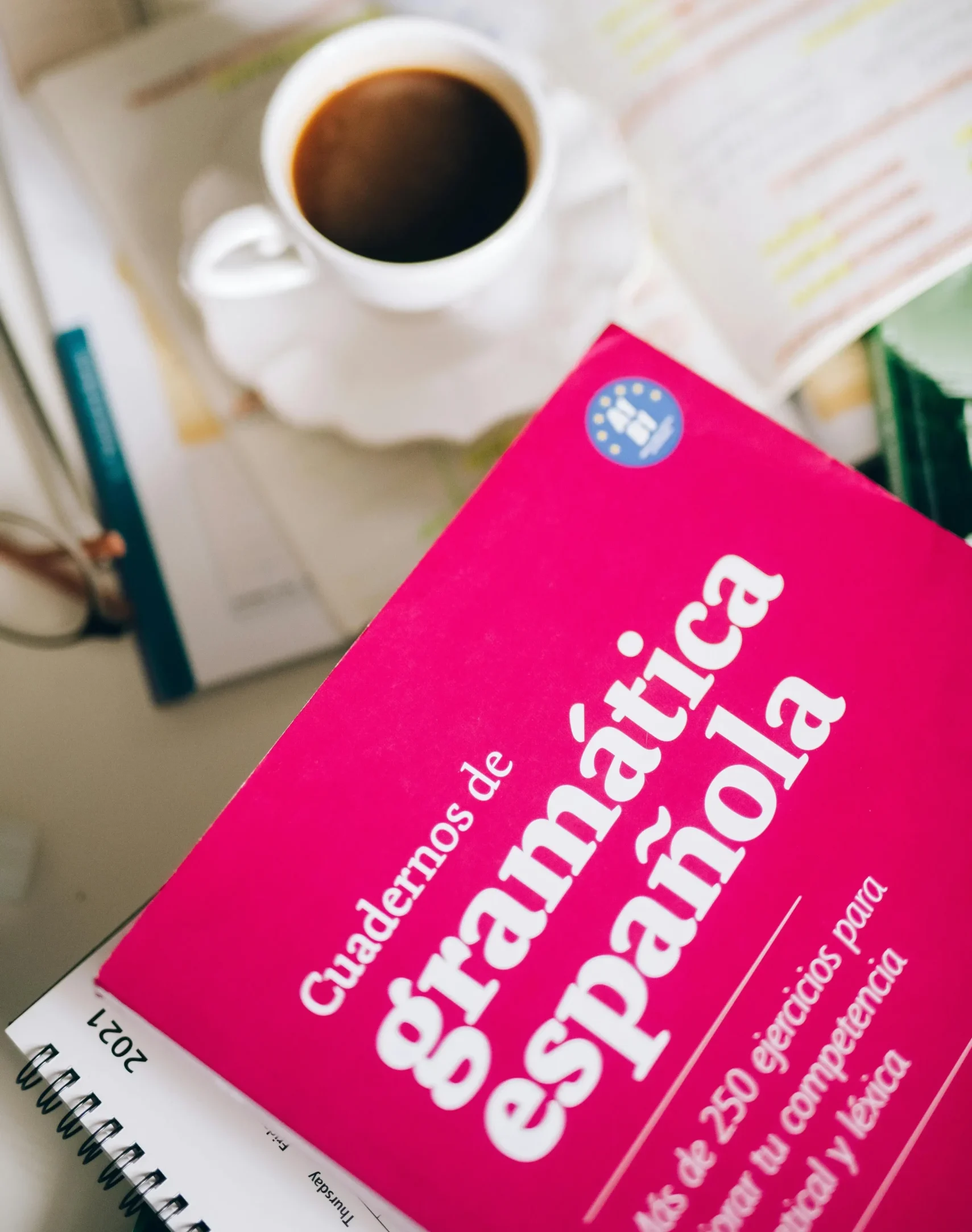Learning a new language can feel like a huge challenge, especially if you’re just starting out. However, for American English speakers, some languages are easier to pick up than others. If you’re ready to take the plunge but are looking for a smoother experience, knowing which languages will give you the least trouble can make all the difference. In this article, we’ll go over the easiest languages to learn as an American English speaker, covering everything from similar vocabulary to easy pronunciation.
Why Some Languages Are Easier for English Speakers
Certain languages are easier to learn for English speakers due to similarities in vocabulary, structure, and even pronunciation. The more closely related a language is to English, the easier it will be for you to learn. Languages that share common roots or even the same alphabet tend to have simpler learning curves. Plus, if the language has simple sentence structure and easy-to-pronounce words, you’ll find it a lot easier to communicate. Now, let’s dive into the easiest options for you.

1. Spanish
Spanish is widely recognized as one of the easiest languages to learn as an American English speaker. With a large number of cognates (words that look and mean the same), Spanish shares a lot of vocabulary with English. It’s spoken all over the world, and the grammar is relatively straightforward. Pronunciation is simple, as each letter usually represents only one sound, unlike English, where some letters have multiple pronunciations. If you’re just getting started with language learning, Spanish is an excellent choice.
Why Spanish is Easy:
- Large number of similar words
- Simple, phonetic pronunciation
- Plenty of learning resources and native speakers to practice with
2. French
French shares many common Latin roots with English, making it one of the easiest languages to learn for English speakers. You’ll notice many English words have French origins, which makes picking up vocabulary a little easier. While French pronunciation can be tricky at first, especially with silent letters and nasal sounds, it’s definitely manageable with practice. The sentence structure is also relatively simple compared to other languages, and there’s a wealth of online resources to help you get started.
Why French is Easy:
- Shared vocabulary with English
- Same alphabet
- Commonly taught in schools, providing many learning resources
3. Italian
Italian is another Romance language that shares many similarities with English. Because both languages come from Latin, many words are the same or very similar. Pronunciation in Italian is relatively easy because the language is phonetic, meaning words are pronounced exactly as they are spelled. Unlike English, where spelling and pronunciation can be confusing, Italian eliminates that barrier, making it one of the easiest languages to learn as an American English speaker.
Why Italian is Easy:
- Phonetic pronunciation (words are said as they’re written)
- Many English words have Italian roots
- Simple grammar rules
4. Portuguese
Portuguese is similar to Spanish in many ways, making it relatively easy for English speakers to learn. If you already know some Spanish, picking up Portuguese will be even easier. The two languages share vocabulary, sentence structure, and even a similar alphabet. Portuguese has a few additional sounds, particularly in pronunciation, but with practice, it’s just another small hurdle to overcome.
Why Portuguese is Easy:
- Similar to Spanish, which many English speakers are already familiar with
- Shared vocabulary and grammar structure
- Uses the same alphabet as English
5. Dutch
Dutch is a Germanic language, like English, which means it shares many similarities in terms of vocabulary and grammar. While Dutch pronunciation can be a little tricky, the structure of the language is quite simple, especially compared to other Germanic languages like German. Dutch is also relatively easy to read because it uses the same alphabet as English and has many words that are quite similar.
Why Dutch is Easy:
- Strong similarities in vocabulary and sentence structure
- Straightforward grammar compared to other Germanic languages
- Uses the same alphabet as English
6. Swedish
Swedish is a Germanic language, much like English, and shares many similarities in vocabulary and grammar. The sentence structure is simple, and the language doesn’t have complex conjugations or noun cases like other European languages. Swedish pronunciation is fairly easy to get the hang of, especially since many words are similar to their English counterparts.
Why Swedish is Easy:
- Shared vocabulary with English
- Simple grammar and structure
- Pronunciation is not overly complicated

7. Norwegian
Norwegian is another Germanic language that’s relatively easy for English speakers. Like Swedish, Norwegian has simple grammar rules and a sentence structure similar to English. The vocabulary overlaps significantly with English, so you’ll recognize many words right off the bat. Norwegian has fewer sounds and more straightforward pronunciation compared to other languages, making it one of the easiest options for an American English speaker.
Why Norwegian is Easy:
- Simple grammar and sentence structure
- Many similar words to English
- Straightforward pronunciation
8. Romanian
Romanian, though not as closely related to English as some of the other languages on this list, is still fairly easy to learn for English speakers. As a Romance language, it shares some vocabulary and grammar with languages like Spanish and Italian. While Romanian has its own set of rules, many of them will feel familiar if you’ve studied other Romance languages. The Latin alphabet makes it even easier to pick up.
Why Romanian is Easy:
- Shared vocabulary with Romance languages like Spanish and French
- Uses the Latin alphabet
- Simplified grammar rules compared to other languages
9. Afrikaans
Afrikaans, a language derived from Dutch, is another language that’s fairly simple for English speakers to learn. It has a very straightforward grammar structure, with no verb conjugations and no gendered nouns, which makes it a lot easier to learn than many other languages. Afrikaans is spoken mainly in South Africa, but its simplicity makes it accessible for learners worldwide.
Why Afrikaans is Easy:
- No verb conjugations or gendered nouns
- Simple grammar rules
- Many similarities to English and Dutch
10. Esperanto
Esperanto was specifically created to be an easy-to-learn international language, and it shows. The language combines elements from several European languages, including Romance and Germanic languages. Esperanto has a simplified grammar system with no irregular verbs, and its vocabulary is fairly easy to pick up if you already know English. Even though it’s not widely spoken, it’s a perfect starting point for beginners.
Why Esperanto is Easy:
- Designed to be simple with regular grammar
- No irregular verbs or complex conjugations
- Vocabulary drawn from common European languages
Final Thoughts on Easiest Languages to Learn as an American English Speaker
Choosing a language that’s easier to learn can make your language-learning experience a lot more enjoyable. You can pick Spanish, French, or even Esperanto, as there are plenty of options that share similarities with English, which means less time spent mastering tricky grammar rules and pronunciation. With patience and practice, you’ll be able to pick up one of these easiest languages to learn as an American English speaker.




